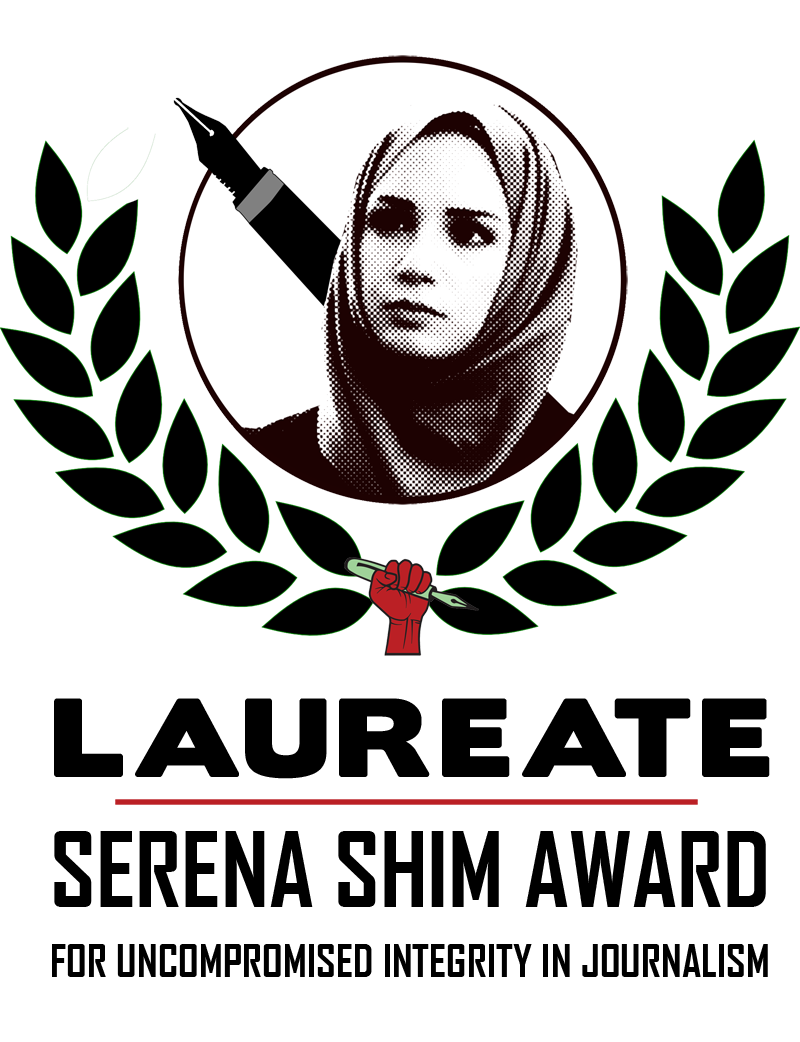
About 20 years ago, from August to September 1988, collective crimes were committed in Iran. As Ayatollah Khomeini drank the “poison chalice” and accepted the humiliation of peace treaty with his arch foe, Saddam Hossein, he calmed down his frustration by ordering execution of the Iranian political prisoners who were spending their prison terms. Khomeini named execution-commissions to fulfill his order within all political prisoners in Iran.
The exact numbers of executions of 88 and the conditions of executions have never been revealed by these commissions and not reported by IRI’s media, factions and IRI’s lobby groups in the West.
Different rates are speculated by both IRI’s deserters and rescuers. It varies from at least 4485 names published in the opposition media up to 30000 executions, as estimated by others.
Iran’s political prisoners were simply asked two questions each, “Do you believe in Allah?”, “Are you prepared to renounce your political organisation?” The prisoners had no idea about the consequences of their replies. In fact a ‘No’ to any of the above questions led automatically to immediate execution. Furthermore, according to some survivors most of the victim, no matter repentanced or not, would get killed because the regime did not take them seriously and didn’t believe in their answers at the first place.
Although, many of those prisoners had already finished their prison sentences, they were further kept in captivity. Some of them were even recaptured after being once released. The prisoners were from all segments of society–included teenagers, whole families, men and women.
During the months of August and September, all prison visits were cancelled; families were told not to bring any medicine or food for their loved ones. During this time the killing inside Iran’s prisons continued. The slaughter was efficient and relentless.
All day long, prisoners were loaded on forklift trucks and hanged from cranes and beams in groups of six at half-hourly intervals. Others were killed by firing squad. Those not executed were subjected to horrific torture.
The killing was an act of unprecedented violence in the course of Iranian recent history, unprecedented in form, content and intensity”, wrote the historian Ervand Abrahamian in his book on Iranian prisons Tortured Confessions.
The executed were buried in unmarked mass graves on the outskirts of the towns. In Tehran, one mass burial was accidentally discovered by an Armenian priest who had become curious as to why stray dogs kept digging there for bones.
It is a moral duty to mention that such massacres can repeatedly be committed in Iran as soon as the IRI exists.
The historical justification of such massacres has roots in the epoch of the Prophet Muhammad when he came up with the idea that it is perfectly legitimate to kill “unbelievers” –the teaching of the Koran confirms it: “Those who resist Allah and his messenger will be humbled to dust”: the Koran 58-5. Or: “I will instill terror into the hearts of the unbelievers”, the Koran 8-12.
These verses implicitly justifiy not only Muslims’ jihad against non-believers, but in some extend killings within a Muslim community, where different interests and power-thirsty ambitions can lead to mutually kill each others under the pretext of “ Enemy of Islam.”
The IRI’s version of Islam justifies both categories of “Enemy of Islam” interpreted as “Molhed” (atheists), term used against communists and “Monafegh” (hypocrite), term used for, Muslim, Mojahedins.
These two categories of “enemy of Islam” were subject of the massacre of summer 88.
The Massacre had also roots in the early years of the IRI when the newly established Shiite dictatorship began nationwide to crackdown on the leftist, democratic and secular opposition groups. Soon after the 1979 revolution, the paramilitary thugs of Hezbollah regularly attacked, sabotaged and intimidated opposition groups and ravaged their sieges and media.
Many newspapers were shut down, women were humiliated, minorities and ethnics were discriminated, and Friday prayer sermons turned into a place to spew venoms and hatred against any voice calling for gender equality, social justice, democracy and secularism.
In the twentieth year of the massacre, we all freedom-loving Iranians along with the families who lost their loved children in summer 88 demand the UN to officially condemn this massacre.
The international judicial authorities should summon the murderers of this genocide to an international tribune to be tried. Such a process will be similar to the case of the Nuremberg Court which rightfully brought the Nazi criminals before the court due to their crimes against humanity.






